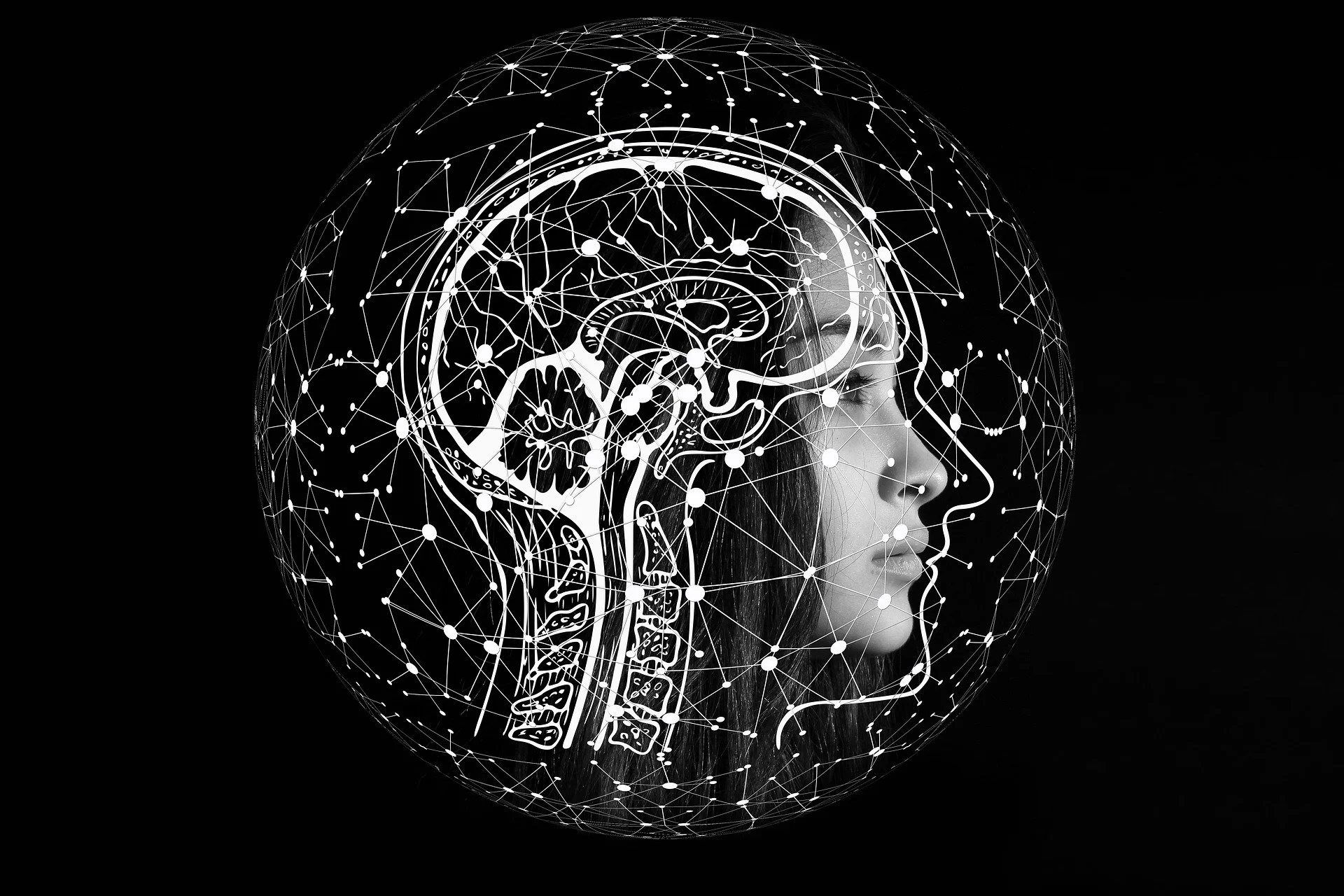Blog information
- Blog date: 2023-12-05 03:22:29
- Blog URL: www.codiasticsoft.com/Blogs
Digital twins refer to virtual replicas or models of physical objects, systems, or processes. These digital representations are created using data from sensors, IoT devices, and other sources, and they mirror the real-world counterpart in terms of its behavior, characteristics, and state. Digital twins are used across various industries to monitor, simulate, analyze, and optimize the performance of physical assets or processes. The concept of digital twins has gained traction with advancements in sensors, connectivity, and data analytics.
Key Characteristics of Digital Twins:
-
Real-time Monitoring:
- Digital twins continuously receive data from the physical counterpart, allowing for real-time monitoring of its status, conditions, and performance.
-
Data Integration:
- Data from sensors, IoT devices, and other sources are integrated to create a comprehensive and accurate representation of the physical object or system.
-
Simulation and Analysis:
- Digital twins enable simulation and analysis of the physical counterpart's behavior under different conditions. This can help in predicting outcomes, identifying issues, and optimizing performance.
-
Historical Data:
- Historical data is often stored and used to analyze trends, patterns, and changes over time, providing insights for predictive maintenance and long-term optimization.
-
Interconnected Systems:
- Digital twins can be interconnected, allowing for the creation of a broader ecosystem of digital representations that interact and influence each other.
Applications of Digital Twins:
-
Manufacturing:
- Digital twins are used in manufacturing to monitor and optimize the performance of production processes, machinery, and equipment. They can simulate different scenarios to improve efficiency and reduce downtime.
-
Healthcare:
- In healthcare, digital twins can represent individual patients or medical devices. They enable personalized treatment plans, simulate medical procedures, and support the development of medical devices.
-
Smart Cities:
- Digital twins of city infrastructure, such as transportation systems, utilities, and buildings, help in urban planning, traffic management, and resource optimization for sustainable development.
-
Aerospace and Defense:
- Digital twins are employed in aerospace for modeling and simulating aircraft components and systems. They support predictive maintenance, performance optimization, and training simulations.
-
Energy:
- In the energy sector, digital twins are used to monitor and optimize the performance of power plants, renewable energy installations, and distribution networks. They assist in predicting equipment failures and optimizing energy production.
-
IoT and Sensors:
- Digital twins are closely tied to the Internet of Things (IoT) as they rely on data from sensors and connected devices to create accurate representations of physical objects.
-
Supply Chain:
- Digital twins can be used to create virtual models of the supply chain, allowing for better visibility, tracking, and optimization of logistics and inventory management.
-
Building and Construction:
- In construction, digital twins are employed for designing and simulating building structures. They assist in project planning, resource allocation, and monitoring construction processes.
Advantages of Digital Twins:
-
Predictive Maintenance:
- Digital twins can predict when equipment or systems may fail, enabling proactive maintenance to reduce downtime and extend the lifespan of assets.
-
Performance Optimization:
- By simulating different scenarios, digital twins help optimize the performance of processes, systems, and assets to improve efficiency.
-
Improved Decision-making:
- Real-time data and simulations provided by digital twins empower decision-makers with accurate insights for informed and timely decision-making.
-
Cost Savings:
- Predictive maintenance, optimized performance, and efficient resource utilization contribute to cost savings for organizations adopting digital twin technology.
-
Risk Mitigation:
- Digital twins allow organizations to identify and mitigate risks by simulating potential issues and understanding their impact before they occur in the physical environment.
-
Innovation and Design:
- In product development, digital twins aid in designing and prototyping, allowing for virtual testing and iteration before physical production.
While digital twins offer significant advantages, challenges include the need for robust cybersecurity measures to protect sensitive data, interoperability between different digital twin systems, and the complexity of integrating data from diverse sources. As technology continues to advance, digital twin applications are expected to expand, driving further innovation across industries.

